B2B Marketing Strategies – Ultimate B2B Marketing Guide of 2022
B2B marketing was never a piece of cake! The most exciting aspect is the inherent mindset of “customer is always right!”
Customers may not always be right when you think of B2B marketing! However, the idea behind customers is always right, coming from the early days of B2C marketing. However, it is changed over the years and is different for B2B businesses.
B2B Customers may be considering products, but decision-making remains dicey. So, how do you make that decision-making easy for them is key to your strategy?
But you may ask, how to do that?
This guide is all about B2B marketing strategy to help your customers decide on the right product(especially yours!)
To begin with, you need to have a strategy to be on their lookout list!
Demand generation strategy
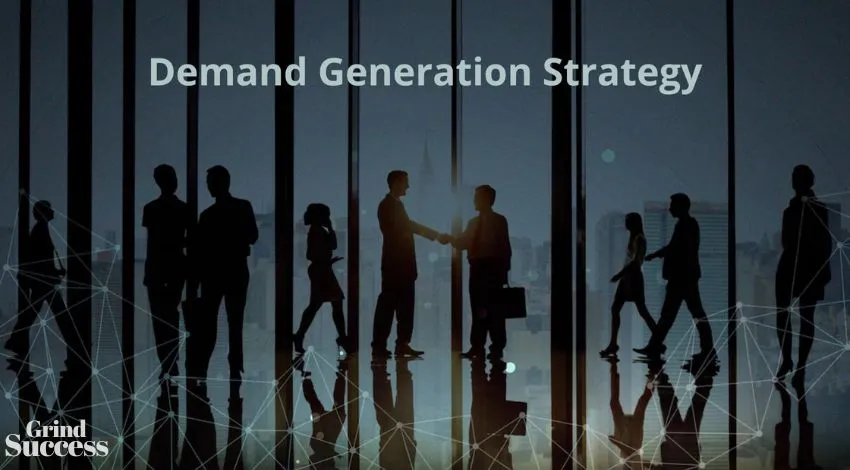
Demand generation is all about nurturing your unqualified leads. But wait, you may be asking how you hop to the demand generation directly. Well! Most of us are familiar with lead generation, right?
Demand generation is like that mutual fund that provides long-term gain. But, on the other hand, lead generation is like an intraday stock offering instant profits. So, demand generation is key to B2B’s success as it will never allow your business to have a cash-trapped situation.
Take an example of the most preferred cake shop around the corner. Aunt May’s truffle cake is famous, and its recipes are spread through word of mouth. So, whenever there is a craving for cakes, every child in the neighborhood thinks of Aunt May.
The authoritative message of expertise in cake making that Aunt May presents is what forms the core of demand generation. In simple terms, it is the strategy of conveying a message of weight or authority on a specific product or service.
Now the question will be on how to implement such a strategy.
Awareness stage
The first step to implementing any B2B marketing strategy is always awareness. You need to be seen for people to notice!
Next is a tricky part!
You need to decide who is your target persona to be noticed. Without a persona-based B2B strategy, it will be like shooting in the dark. Persona-based profiling of your customers allows you to understand the pain points and your solution to them.
For example, a CTO of an on-demand application business may be looking for a UI/UX development company to revamp customer experience. CTO is one persona, and you can go further by finding similar people through LinkedIn or Twitter research.
Based on your product or service, these personas can be CTOs, CFOs, Senior software engineers, entrepreneurs, and anyone. Once you know your audience, you can design the marketing campaigns according to their pain points.
However, there is a twist to the tale!
Demand Generation Case Study – Meet Rachel at Claranet SOHO
Marketing campaigns, unlike lead generation, need to focus on building trust and authority. For example, if you look at Claranet SOHO’s brand awareness campaign, you will observe the effective use of content strategy. Marketing teams understood the need for top-of-the-funnel content and improved conversion rates to 4.3% with 11,000 hits on the homepage.
The campaign also provided them with 650 leads which they continue to nurture through a demand generation strategy. Knowing the customer’s position in the marketing funnel can be critical for targeted content strategy.
There are three of them,
Now that you know the target audience and designed a demand generation strategy accordingly, the next step is to focus on capturing what is at hand!
Capturing existing demand
Awareness is just getting attention. However, demand generation goes beyond the idea of getting noticed, so you need a B2B marketing strategy that helps target persona-based audiences at various stages.
Right from the first interaction to the final closing of the deal, you will have to engage in diverse ways. So, design your content strategy for mediums like social media, PPC, organic, and others to establish authority.
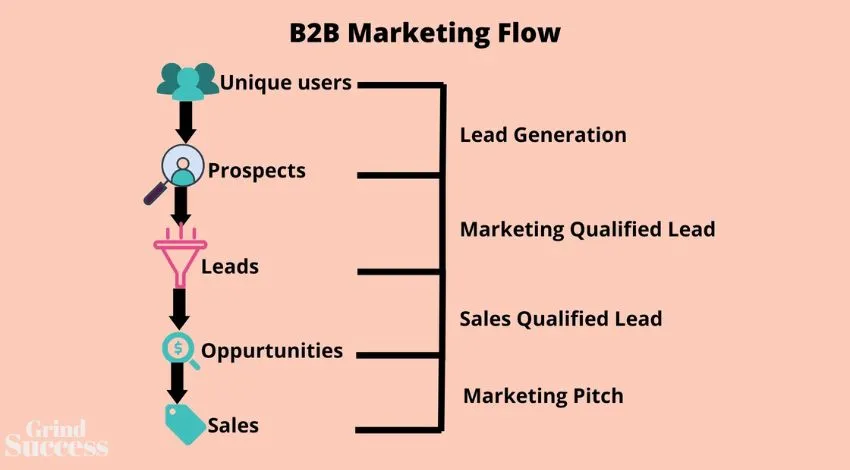
The content strategy needs to involve whitepapers, eBooks, and bottom-of-the-funnel pieces. Campaigns need to communicate pricing and the core benefits of your product. It will enable you to claim the existing demand.
Lastly, you need to identify leads and develop a nurturing strategy for demand generation.
Identifying leads & nurturing
There are many distinct types of leads. Identifying them needs a process that helps you in the long term. For example, demand generation is a long-term process, and you need a B2B marketing strategy to identify leads, nurture, and improve sales.
Let us take an example of two major lead types-
MQL are leads that have interacted with your marketing team after downloading the content. However, they are not a part of your sales funnel yet. On the other hand, SQLs are a part of your sales funnel, and the marketing team is trying to close the deal.
So, the question you may ask is how to identify MQL or SQL.
You can design a scoring system for each lead. Here are some of the factors you can use for the scoring process scores.
Further, a nurturing strategy will become key to demand generation when you identify qualified leads. This is where data aggregated from the lead identification and persona profiling will help you create a nurturing strategy. Again, the best practice will be using a mix of gated and pillar content.
Agile marketing strategy

Agile marketing is not a new term, and many of you may have heard it. However, it is a term non-marketers believe to be synonymous with software development. Agile practices boast of an incremental approach to the development of content.
You may be wondering why a B2B marketing guide is discussing agile practice.
That is because it has many benefits for B2B marketers like,
Let us understand it through a recent example!
Salesforce agile marketing campaign across twenty countries
In 2020, the pandemic was rising, and Salesforce was looking to adapt its marketing campaigns to this changing dynamic. The Salesforce team needed a strategy to create content across channels for twenty countries and fifteen languages.
So, they teamed with subject matter experts, content creators, and others to leverage agile marketing campaigns. One of the most popular efforts was a series of articles and videos on interviews with Dr. David Agus. The campaign was on why companies should consider hiring a chief health officer.
At the heart of their agile marketing strategy was extensive documentation. It helped them understand the changing customer behavior, market demands, and unexpected changes. So, they can tweak their campaigns for maximum conversions.
Likewise, you can create a comprehensive document of each agile sprint for B2B marketing strategy. It will help you further improve on later iterations.
A B2B marketing guide is incomplete without discussing linkable assets!
Building linkable assets
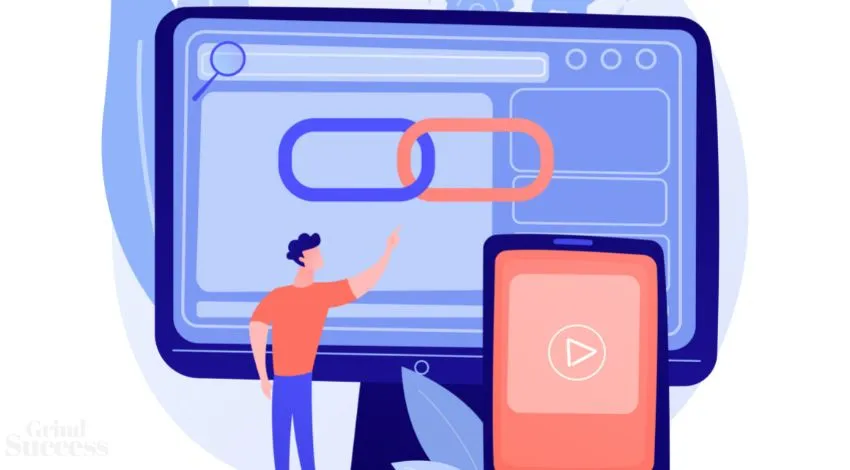
Marketers always believe in trading with the best digital currency they know- “backlinks.” Building linkable assets generate high-quality content that attracts social shares and backlinks.
Google employs an algorithm to differentiate good and bad websites called “TrustRank.” It uses a SeedSelect approach. The entire process of plucking bad websites and spam needs a selection of seed sets. It follows the inverse Rank page algorithm by choosing a page that leads to many outward pages.
So, the seed pages are selected based on outgoing links. It forms a linked chain of trust through multiple outgoing links. You can build linkable assets close to seed pages. So, you can reap the benefits of TrustRank for your B2B web pages.
Another way of building linkable assets is through digital PR on high-ranking news sites. For example, getting a backlink from Forbes or a featured mention in HuffPost can improve your B2B business traffic.
These websites are seed pages for Google with already built trust over the years. So, generating linkable assets and getting a mention on these sites can mean more traffic with better trust.
However, building trust is not just about having back or features in a trusted website; you need to have a secure website.
B2B website security
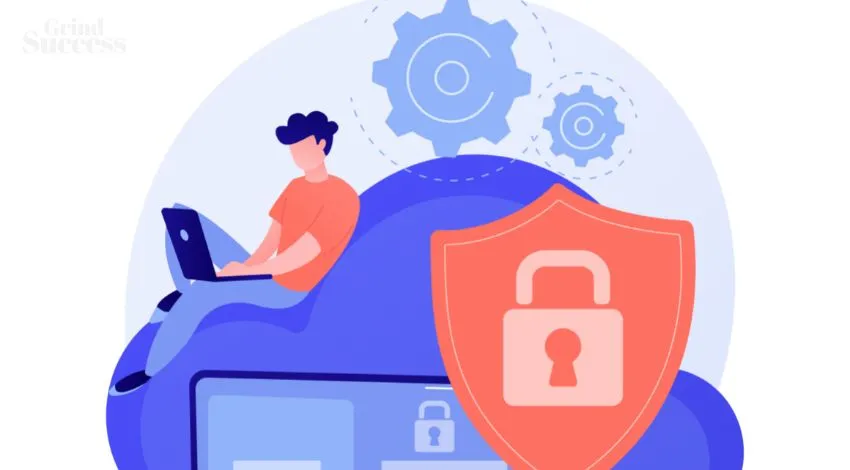
Website security needs to be an essential part of your B2B marketing strategy. You may ask why?
Companies worldwide will have to secure more than 338 million codes by 2025! If this is not enough motivation, the next one will.
According to Delloite, more than 27% of US residents avoided websites due to a lack of security. So, what is the way out?
One of the most fundamental aspects of B2B website security that you can employ is adding encryption-based digital certificates. You will easily find cheap SSL from a leading certificate authority(CA) like Comodo, DigiCert, etc.
An SSL certificate secures the communication of the user’s device and website. So, any form of data exchange is anonymous to hackers. The best part of installing an SSL certificate is that it helps secure the website and comes with a trusted sign from the CA.
This is a sign which helps build trust among your clients and users. Another approach is to use two-factor authentication for your B2B software and products; It allows data access on the platform through multi-factor authentication.
So, if another business, a user, or third-party services wants to access data, they will need a two-step verification. One with the email and password, while the other needs a passcode received on a personal device.
All of these efforts and B2B marketing strategies execution may not provide that ROI if you are not tracking it right!
Monitoring the B2B marketing strategy
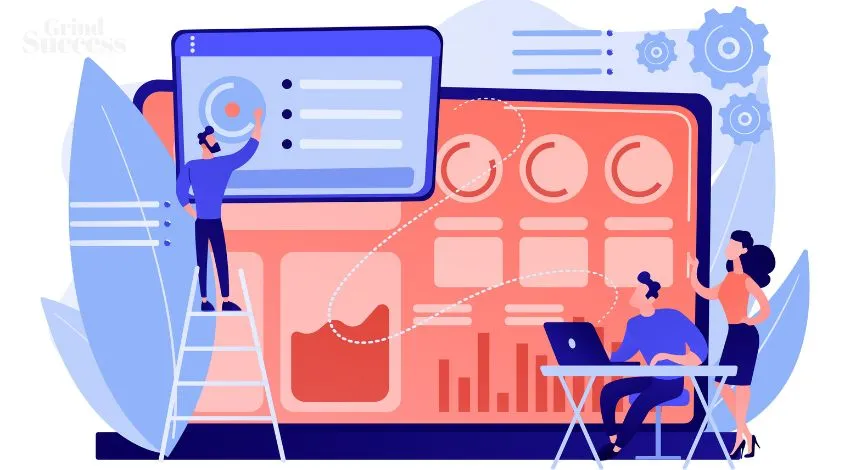
Wondering how to monitor a strategy? It is easy if you have a predefined set of metrics and parameters. So, what kind of parameters do you need to measure the success of a B2B marketing strategy?
The answer lies in being “Smart.”
Take an example of a specific goal like having 10,000 hits on a CTA within six months. So, you have a specific campaign, a number, a target, and a deadline; enough to measure the success of a B2B marketing strategy for a single campaign.
Similarly, you can define different metrics and monitor results for better ROI.
Closing the deal
You may come across B2B marketing guides, and all of them are great. However, this one attempts something different with long-term and short-term gains.
A demand generation and web security strategy are best for long-term gains. On the other hand, an approach like linkable assets can provide long-term and short-term benefits.
So, what should you use for your campaigns?
The answer lies in the analytics! You need to analyze your B2B marketing requirements first and then choose the right mix of strategies for maximum ROI!

